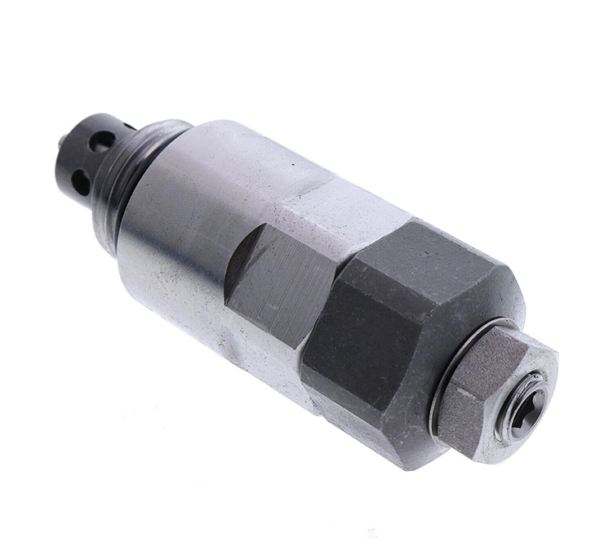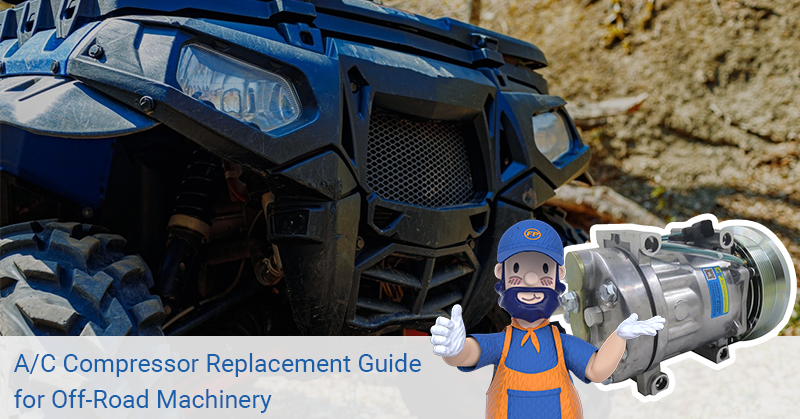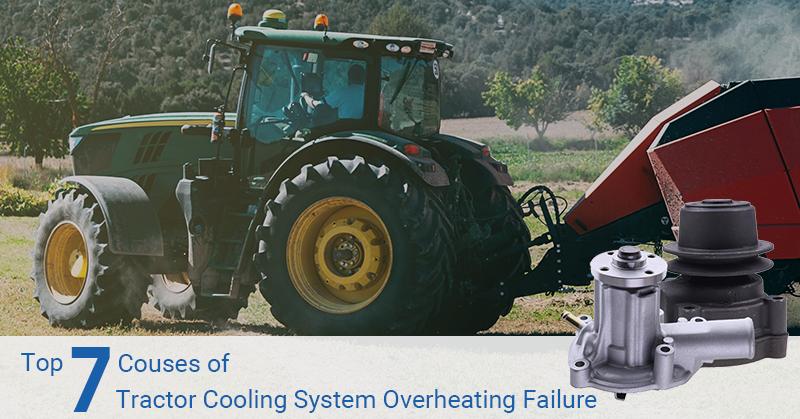Failure of the excavator’s pressure relief valve may result in issues such as hydraulic system overload, malfunction, equipment instability, damage to hydraulic parts, and inconvenient operation. To avoid greatly impacting the equipment’s performance and safety, it is crucial to adjust and measure the relief valve’s set pressure. Have a quick look at the guide on how to adjust the pressure relief valve for your excavator.
What to do when the pressure relief valve malfunctions?
Identifying a malfunctioning pressure relief valve requires measuring its set pressure. If the set pressure is incorrect, it can lead to ineffective pressure control in the hydraulic system, resulting in system overload or malfunction.
Mismatched set pressure specifications may necessitate adjusting or replacing the relief valve to ensure proper operation of the hydraulic system. If the measured set pressure deviates from the specified requirements, adjustment is typically required. The purpose of adjusting the relief valve is to ensure it opens or closes at the correct pressure level to effectively control the hydraulic system’s pressure.

How to adjust pressure relief valve for the excavator?
1. Adjusting pressure
You should adjust the relief valve’s set pressure according to the equipment specifications. And it often involves rotating adjustment screws or knobs to increase or decrease the valve’s pressure setting.
2. Applying pressure
You can adjust the required hydraulic pressure by manipulating the control components of the hydraulic system, such as operating the hydraulic levers or pedals on the excavator.
3. Observing response
Observe the response of the relief valve as the hydraulic system applies pressure. Typically, when the pressure reaches the relief valve’s set pressure, the valve should open, releasing excess hydraulic fluid to control the system’s pressure.
4. Checking pressure
Use a pressure gauge or hydraulic measuring instrument to check the hydraulic system’s pressure. Ensure that the pressure reaches the expected set pressure before the relief valve opens and remains within a safe range after the valve opens.
5. Adjusting again
Based on observed responses and pressure readings, further adjustments may be necessary. If the relief valve fails to open at the expected pressure, adjustments to the valve’s set pressure or checks on other valve components may be required.
Only when the relief valve’s set pressure meets standards can the normal operation and safety of the hydraulic system be ensured. By the way, when adjusting the relief valve, you may also find the reason for the malfunction.
Possible reasons for the malfunction when adjusting
Pressure fluctuations
Fluctuations or instability in system pressure when applying hydraulic pressure may indicate wear or damage to internal components of the relief valve.
Pressure exceeding the set limit
If the pressure exceeds the relief valve’s set pressure without the valve opening, it may indicate incorrect set pressure settings or valve malfunctions.
Insensitive valve response
When pressure exceeds the set limit, a relief valve with a slow or inconsistent response may need adjustment or inspection of other valve components.
Continuous opening or closing
Continuous opening or closing of the relief valve without maintaining a stable state when applying pressure may indicate damage to internal components or foreign object blockage.
Abnormal noise or vibration
Hearing unusual noises or observing abnormal vibrations while operating the hydraulic system may indicate issues related to the relief valve.
If any of these issues happen, you should inspect various components of the relief valve. If damaged, replacement in time is recommended. Welcome to explore replacement pressure relief valves in FridayParts.com’s main valve and relief valve catalog. We are committed to providing OEM-quality parts with compatibility assurance, making them easier to install than other websites.







Leave A Comment